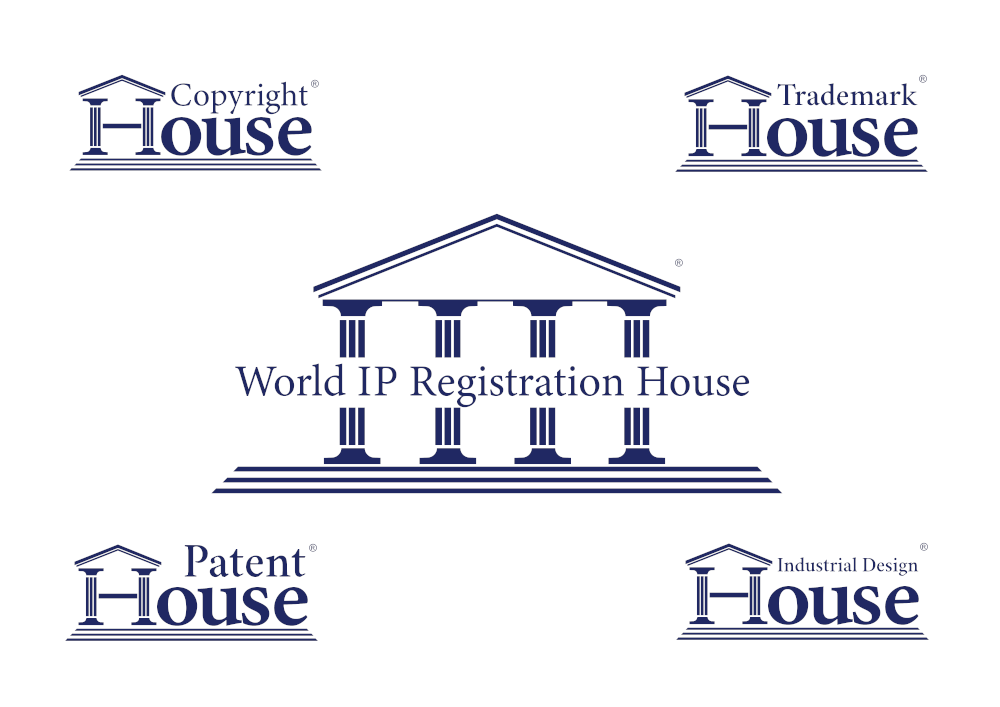
What is Copyright Law?
Copyright law gives the creators of literary, dramatic, musical and artistic works the right to control the ways in which their material may be used. It gives them exclusive rights to the use and distribution of their works, either published or unpublished. Copyright is a form of intellectual property.
What is Intellectual Property?
Intellectual Property refers to creations of the mind, such as inventions, literary and artistic works, designs and symbols. Copyright, Patents and Trademarks are all forms of intellectual property. IP and Copyright law means you can legally protect your ideas like you can physical property.
Ideas aren't covered by the Copyright Law. These would come under the category of "patents". Likewise, names and titles fall into the category of "trademarks". Also, you can't copyright derivatives of an existing work, because the work has to be original. For instance if you make a new arrangement, or a new orchestration to an existing melody, then the author of the original melody is still the copyright holder.
The Licensing of the Press Act 1662
The full title for this act was An Act for Preventing the Frequent Abuses in Printing Seditious Treasonable and Unlicensed Books and Pamphlets and for Regulating of Printing and Printing Presses.
The 1662 act set out a comprehensive list of provisions concerning both the licensing of the press and the regulation and management of the book trade. During this time, a kings messenger would have the power to get a warrant to enter and search property's for unlicensed presses and printing. This meant that the government and the king could manipulate what was being printed, published and by who. A far cry from the rights to copyright and intellectual property we have today.
In 1685 the licensing act was renewed for 7 years.
In 1695 the commons refused to renew the act, and its lapse led the Stationers' Company to lobby parliament for renewed protection and so resulted in the Statute of Anne.
The Statute Of Anne 1709
This act meant that copyright would be regulated by the government and the court but not private parties as was the case previously. Prior to the government regulating copyright it was the job of the Stationers Company.
At the time of the Statute Of Anne, copyright lasted only 14 years. The act came into existence because publishers (The Stationers Company) profited from printing copies of the work without remunerating the author. The act was established 'for the encouragement of learned men to compose and write useful books' The Statute of Anne allowed authors to earn a living from their work.
The Copyright Act 1842
This act repealed all former copyright laws.
It stated copyright of every book published in the lifetime of its author would be valid for that authors lifetime, plus a further 7 years. This was the first time in the history of copyright that the authors copyright was acknowledged and protected after their death.
If the period in which the author registered their work in their lifetime plus 7 years was less than 42 years – then regardless of death, the copyright would be protected for 42 years.
If the work was published after the authors demise, the copyright would belong to the owner of the manuscript and this protection would also last 42 years. This act was also the first time we saw the copyright law extended to dramatic works, which were to now have the same term as copyright.
The Copyright Act 1956
This act came into force on June 1st 1957. This act superseded and extended the 1842 act by further protecting dramatic works such as cinematography films, television and sound broadcasting.

Copyright, Designs and Patents Act 1988
The copyright designs and patents act gives creators the right to control their work, and how it is used and distributed.
Music, games, books, videos, computer coding and software can all be protected by copyright law.
The act has been amended on a number of occasions since it came into force on 1st August 1989, mostly to keep in line with the ever growing digital media market.
One of the main aims of this act is to provide increased protection against piracy (or copyright infringement). This act sought to protect not only traditional creatives such as authors, but to protect authors of artistic works such as films and sound recordings as well. The act revolutionised the field of industrial design by simplifying the entire process of protecting designs, infact the entire act was thought to be more logical and simplified than any similar statues before it. The Berne Convention had fulfilled the international need for a universally recognised copyright system and the 1988 act bought the UK in line with the rest of the world, and the convention.

